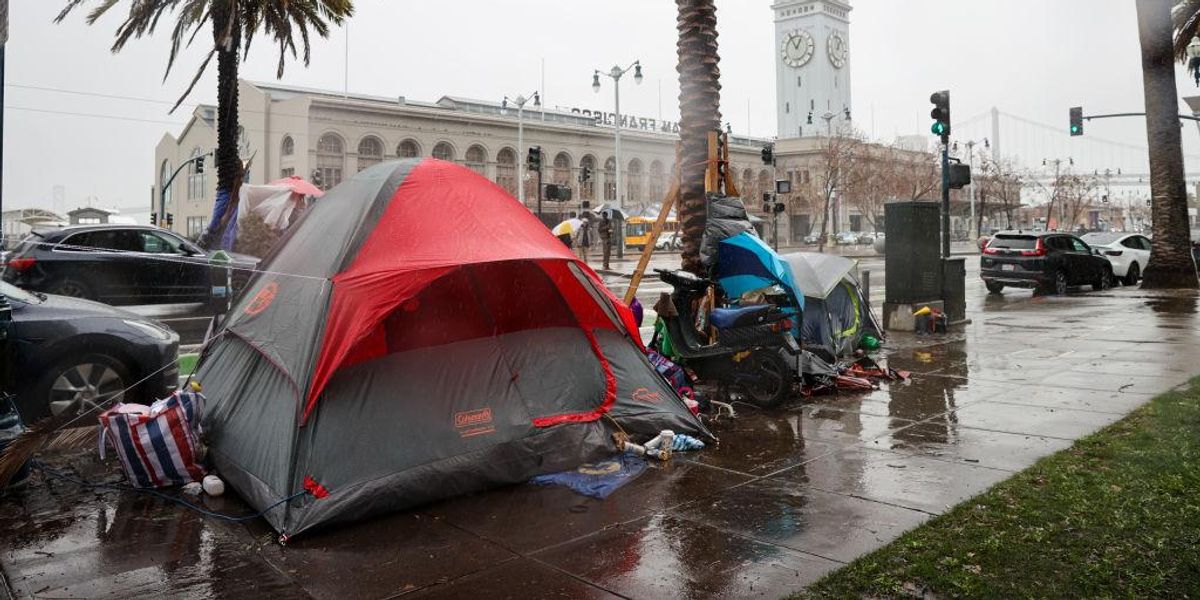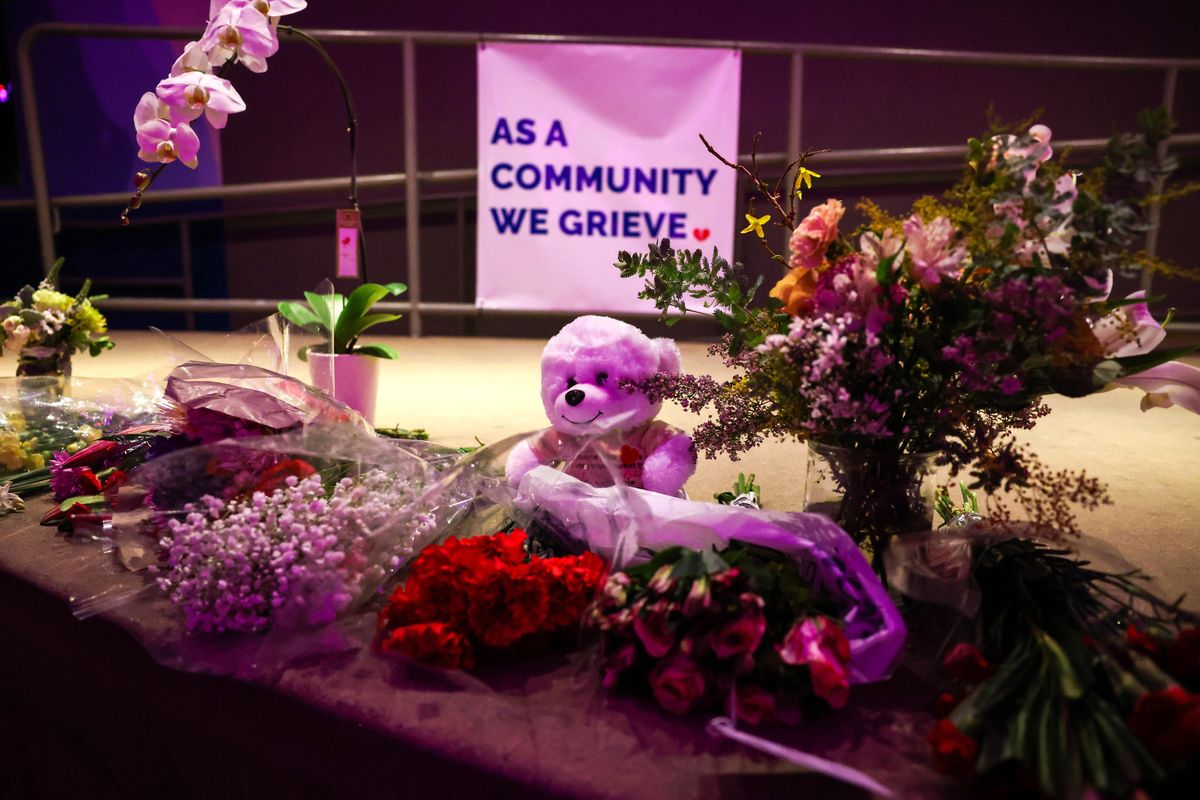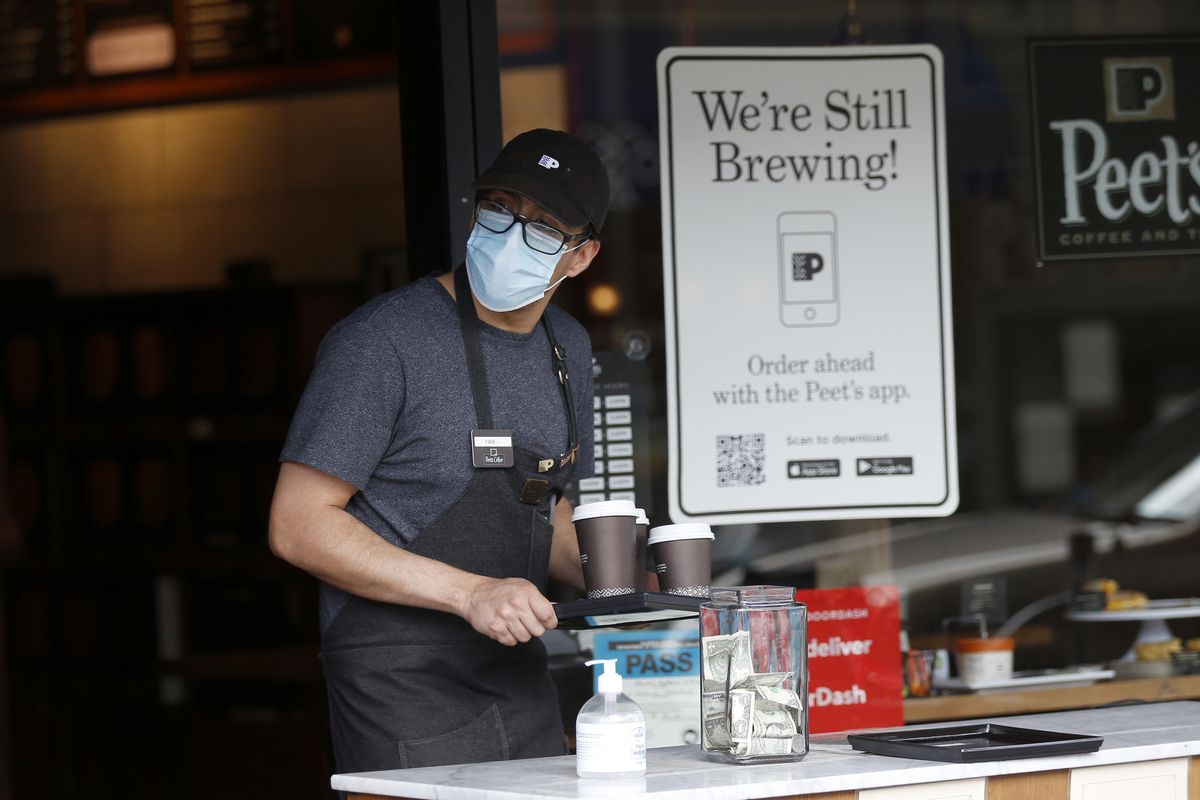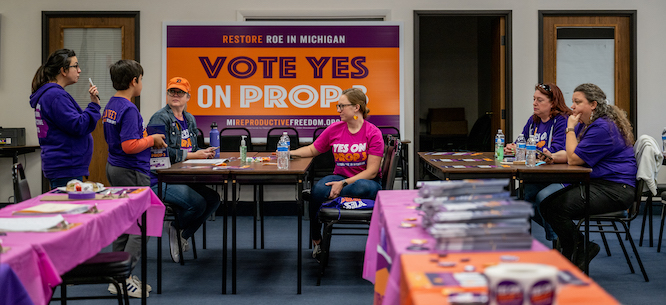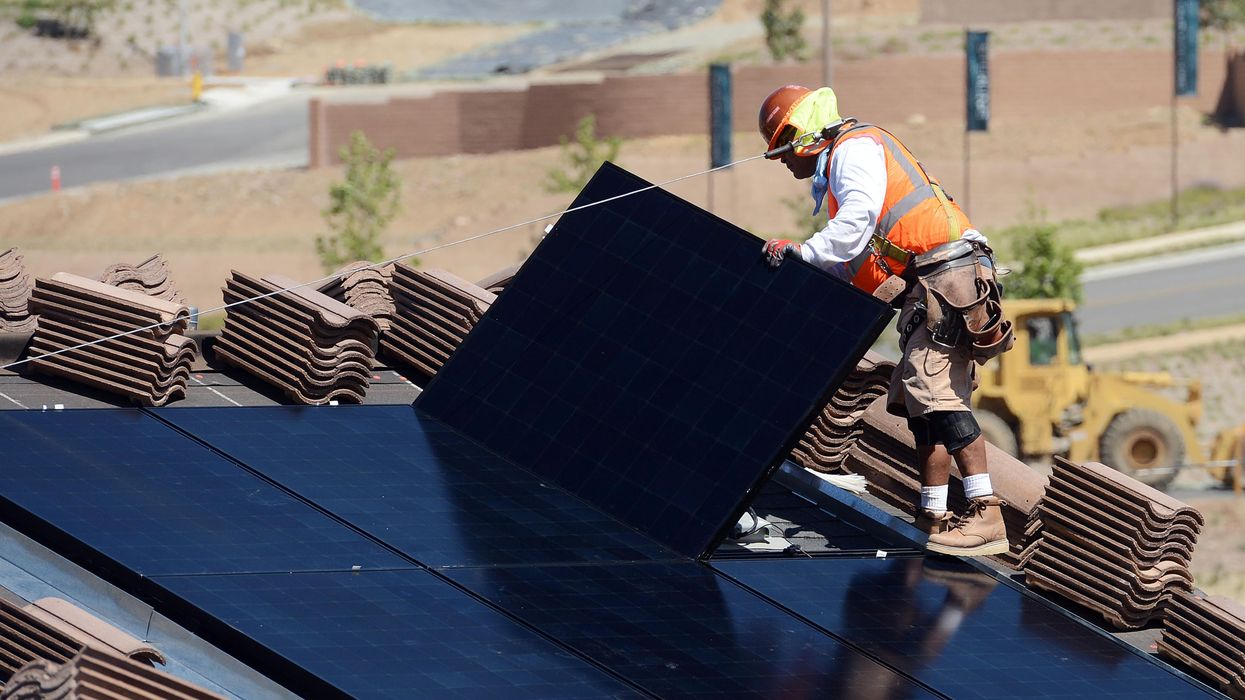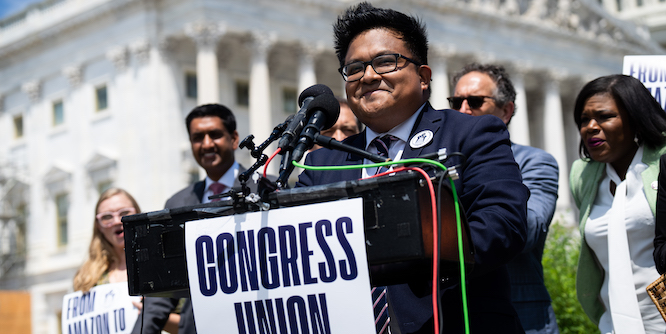Janine Jackson interviewed UC Santa Barbara’s Nelson Lichtenstein about the University of California strike for the December 2, 2022, episode of CounterSpin. This is a lightly edited transcript.
CounterSpin221202Lichtenstein.mp3
Janine Jackson: When it comes to corporate news media coverage of labor actions, there are unfortunately a few tropes to look out for, even in 2022.
First, while strikes in other countries may be presented as signs of freedom, in the US they will often be presented in terms of the disruption they cause.
The New York Times’ November 14 report on the strike by some 48,000 University of California teaching assistants, researchers and others gave skimming readers the shorthand “highlight” that these people “walked off the job Monday, forcing some classes to be canceled.”
“Classes were disrupted, research slowed and office hours canceled,” the paper noted, “only a few weeks away from final examinations.”
Whatever an article goes on to say, the “harmful disruption” presentation encourages readers to understand that the status quo before the action was not harmful and did not disrupt, and that worker actions are therefore willful, selfish and possibly malignant.
Elite media’s other big idea in these circumstances is to present the idea that, as CNN had it in their very brief mention, UC workers are “demanding higher pay”—”workers demand/owners offer” being among the hardiest perennial media narrative frames. It implies a context of scarcity in which we are to imagine that the money needed to allow academic employees to make their rent would have to be swiped from the pockets of small children or something.
Of course, the major weapon big media have is the spotlight, which they can shine or shutter as they choose.
So here to help us see what’s happening and what’s at stake in the largest strike in the history of American higher education is Nelson Lichtenstein. He’s professor of history at the University of California/Santa Barbara, where he directs the Center for the Study of Work, Labor and Democracy.
He’s also author or editor of a number of books, including Beyond the New Deal Order: US Politics From the Great Depression to the Great Recession, and A Fabulous Failure: The Clinton Presidency and the Transformation of American Capitalism, which is forthcoming in 2023.
He joins us now by phone from Santa Barbara. Welcome to CounterSpin, Nelson Lichtenstein.
Nelson Lichtenstein: Glad to be here.
JJ: Pay is absolutely a key part of this labor action at the University of California, but it’s not as though these are people who are really well-off and looking for still more. The folks teaching at these elite institutions, some of them are living in their cars, but many of them, enough of them, are seriously struggling, as I understand it, to keep a roof over their heads.
So when we say it’s about money, it’s about the money it takes to live a life, right?
NL: Right. I mean, this strike has been developing for several years, and the one spur to it has been the enormous increase in housing costs and rents.
And that’s partly pandemic-induced. That is, lots of people who used to work in downtown LA or New York, they want to, “Let’s get a house on the California coast, or something, and Zoom in to work.” Well, that’s jacked up, generally, housing costs in California. And so that’s one spur to it.
I think everyone in California, from the left to the right to the governor on down, knows that housing is just an enormous crisis. And here, of course, teaching assistants and other graduate students, they’ve seen their rents go way, way up. And there’s been an erosion in their pay, small as it was, over the last decade or so. And in the last two years, the inflationary spike has done that.
Now, it used to be that there was an implicit kind of ivory tower bargain: OK, you go to the university, you work for five or six years at low pay as a kind of apprentice, and then you end up with a good job, a high-prestige job, a tenure job, etc.
Well, that bargain has been broken for decades. And the UC’s (I think admirable) recruitment of working-class people and working-class people of color into the university has exacerbated that, because they aren’t ivory tower types, they aren’t Ivy League types. They’re working Americans.
And so this pressure for a recalibration of the wages and working conditions of thousands and thousands of the people who really stand at the heart of the university—the tenure track professors, they just become a minority, a small minority.
And it takes these academic researchers, postdocs, mainly in the sciences, and then of course the teaching assistants, to really make the university go. And we can no longer have this contingent labor model that people accept because there’s some reward at the other end. That’s not the case.
This is their life. And if you’re in your 20s, you have the right to get married, to have kids if you want to. We don’t live in a kind of Victorian Era anymore.
So this strike is quite large. It has support. Your introductory comments were on target, but this strike actually has support from an enormous range of people.
The Los Angeles Times endorsed the aims of the strike. And I think it has the potential to really transform, not just higher education, but really well beyond that.
JJ: And the strike does have support, which I think is so key, in part because that support is in the face of, if we just talk about big media, a kind of, “Oh, this doesn’t work. This is a problem.”
The wave of labor actions that we’ve seen in the last couple of years have been such a heartening sign of people, not just standing up for their rights, but also talking back in the face of a narrative that’s been pushed on us for a long time.
And part of that has been, as with Uber drivers and others, and certainly with journalists, we’ve seen a lot of “they aren’t even workers,” and the workers themselves saying, “Well, we’re not workers, we’re individuals; it’s not like we’re building cars.”
And there’s kind of a push against organizing among so-called culture workers or intellectual workers.
NL: Right. Glad you brought that up, because I think one of the many sins of former President Trump was to recreate an imagery of what a worker was, a very retrograde image: you know, a white male coal miner or steel worker or something like that. Those are the only people who are really workers.
And of course, that’s so antiquated and out of date. American culture and political culture has to come to terms with the fact that, today, the heart of the working class in the United States are people who are in the service sector, who do everything from retail work, but also to hospitals, to the media, the universities, etc.
I mean, the biggest unions in the country today are the teachers unions—mainly secondary, but also higher education.
So, yes, this is very important. Just to get your head around a sense of “who is a worker?” And take them seriously as a person who works for a living.
My spouse, Eileen Boris, who teaches feminist studies, did a wonderful little kind of performative act at a rally where faculty were urged to wear their academic regalia, which really comes out of the medieval time.
So we’re all wearing our gown and our hats, and my spouse, she said, “OK, yes, I’m a distinguished professor, with a chair and everything.”
And then she took off her gown, and there was a union T-shirt. “But really, I’m a worker.”
And I think that’s what has to happen in the whole cultural world, that whether you’re museum curators or in the university or any other area of cultural production, that, really, we are in fact workers.
Prosaic demands for wages and better working conditions are important.
By the way, the interesting thing about this strike is that the people who are actually on strike are very variegated, cultural, political, racial, gendered, very hip kind of people. But what is their demand? The demand is extraordinarily conventional. It is for higher wages. Nothing could be more conventional than that in terms of labor.
But that’s essential to their dignity and their capacity, actually, to do their jobs. To write, for example, a dissertation, you have to have time to do it. You can’t be bussing dishes at a restaurant in addition to your job as teaching assistant. You have to have time to write.
So this is what they’re really demanding.
JJ: And then in terms of broader implications, I read an article that said, “Campus-area housing has long been a policy concern, vexing state lawmakers and inciting town/gown legal battles.”
Now, I’m not saying that that’s inaccurate, but it does make it sound like a fight that I don’t necessarily have a dog in, you know?
But there are broader implications of this strike that go beyond the workers, extending, minimally, to all of their students and their potential students.
One source says, “I can’t in good conscience tell anyone to come here for their PhD,” because “the cost of living is unsustainable.”

Nelson Lichtenstein: “This is the way issues get put on the agenda, on the state and the national agenda, by making social disruptions.”
NL: Yes, right, yeah. The housing crisis is really a labor question in California. I mean, people commuting from the Central Valley to work in Silicon Valley, that’s a two-hour commute. Well, why are they doing that? Because they can’t afford the housing in the San Francisco Bay Area.
Obviously that’s also true in the university. We have people, both staff and academic people, who are commuting 40, 50 miles to work at the university.
This is all because of housing. Everyone recognizes in California this gigantic crisis. It’s this great state with tremendous industries and a really liberal political culture. But the Achilles heel of this state is housing, the housing crisis. And the students here at UC, grad students and others, are really putting this on the agenda, as “you have to do something about it.”
Now, one way is, you pay us more, you know? OK. And if you don’t want to do that, then you have to figure out some way to reduce the cost of housing. Housing’s at least 40% of the inflationary spike, probably more in California. So something has to be done.
And I think this is the way issues get put on the agenda, on the state and the national agenda, by making social disruptions.
And that’s what’s been happening for the last three weeks here at UC.
JJ: I wanted to point out one article, a New York Times piece by Kimiko de Freytas-Tamura, and it was not about UC; it was about adjunct strikes at the New School (where I got my graduate degree).
And it was unusual, because it introduced the topic of administrator salaries, and it quoted someone who had looked at compensation data, saying, “The administrators seem to view themselves as essential and everyone else as inessential.”
Without that kind of context, reports on the strike, and “these workers want more pay,” it’s kind of like giving the ball score, “Red Sox six,” you know. You’re missing the context in which more money is being called for.
And it makes it sound like they’re asking for money to be created out of thin air, when we’re talking about power.
NL: That’s true. Administrators proliferated. But I would make this point: Some on the left who are supportive of the strike, and supportive of the grad students, would say, “Oh, the money is there. Let’s just take it out of this bloated administrative overhead.”
And that’s true. You can get some of it. But that’s not going to solve the problem.
What will solve the problem is we’ve had 40 years of austerity from state legislatures, and the national government as well, in terms of funding higher education.
What we need to do is to go to the legislatures and have progressive taxation. We have Elon Musk here in California. We have the Facebook people, etc.
We need to have a revision of the tax code which returns us to the world of 1955, which was a much more progressive era when it came to taxes. And that’s where the money is. That’s where the really big money is. That’s where the billions and billions are.
And stop this starving of higher education; decade by decade, a smaller portion of the actual operating funds of all the state universities have come from the general tax revenues. We need to reverse that. And a strike like this puts that issue on the agenda, and I think that’s where the money’s going to come from.
JJ: Let me just ask you, finally, and you’ve just hinted towards it: Do you have thoughts about what truly responsible, thoughtful news media coverage would look like, things it would include, and maybe some things it would leave out?
NL: Well, yes, actually you indicated that the obstacle to this settlement of the strike is the administration, the people who run it, who want to maintain and continue this untenable model of a kind of impoverished, precarious, large group of grad students in a kind of limbo, they want to continue that, and think that’s tenable. It’s not tenable.
We need a breakthrough which is going to transform the meaning of what it means to be an academic worker. The status quo is untenable. And I think the facts of this crisis needs to be up front in terms of media coverage of this strike, and many others of that sort.
We’ve come to a period of increasing inequality and increasing stress at work, and the pandemic demonstrated that, but it’s there. It’s untenable for the future.
JJ: We’ve been speaking with Nelson Lichtenstein. His article, “The Largest Strike in the History of American Higher Ed,” can be found at DissentMagazine.org. Nelson Lichtenstein, thank you so much for joining us this week on CounterSpin.
NL: You’re welcome, Janine.
The post ‘We Need to Transform What It Means to Be an Academic Worker; the Status Quo Is Untenable’ appeared first on FAIR.
This post was originally published on FAIR.
